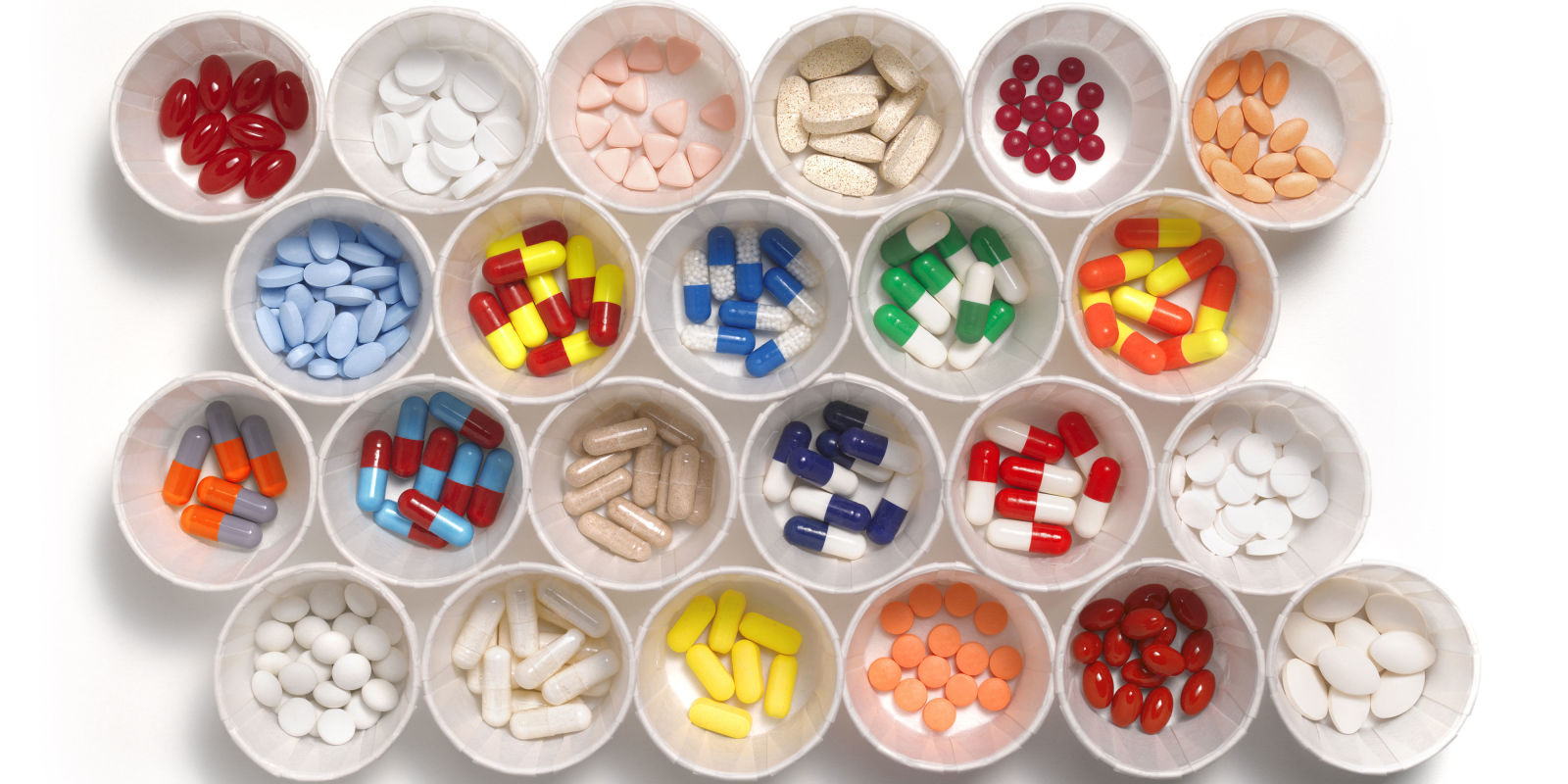Contents:
Medical Video: Lactate Dehydrogenase
Definition
What is lactic acid dehydrogenase?
Lactic acid dehydrogenase or known as Lactic Acid Dehydrogenase () LDH is an enzyme that helps produce energy. This enzyme is found in almost all tissues in the body and levels increase in response to cell damage. LDH levels are measured from blood samples taken from arteries.
When do I need to get a lactic acid dehydrogenase test?
LDH is most often measured to check tissue damage. LDH protein is found in many body tissues, especially the heart, liver, kidneys, muscles, brain, blood cells, and lungs. Other conditions for carrying out this test include:
- anemia
- cancer, including cancer of the blood (leukemia) or lymph cancer (lymphoma)
Prevention & warning
What should I know before undergoing lactic acid dehydrogenase?
Many diseases can increase LDH levels. Other tests are usually needed to confirm the diagnosis. In history, LDH tests were used to help diagnose and monitor heart attacks, but troponin tests have replaced most LDH in this role. LDH is not specific to damage to the heart and is no longer recommended for assessing people suspected of having acute coronary syndrome (ACS).
Process
What should I do before undergoing lactic acid dehydrogenase?
Your doctor may ask you to stop taking certain medications that might affect the test. Drugs that can increase LDH measurements include anesthesia, aspirin, clofibrate, fluoride, mithramycin, narcotics, and procainamide. If you take one, let the doctor know before the test.
What is the process of testing lactic acid dehydrogenase?
The doctor will clean a small area in the arm or elbow with an antiseptic cloth or alcohol pad. In some cases, your doctor will tie an elastic belt around your upper arm to increase blood flow. This makes collecting blood from the arteries much easier. Your arm will then be pricked with a needle that the doctor inserts into the artery. A pipe that will collect blood is placed on the other end of the needle. After the blood is taken, the doctor will take a needle and then use a cotton cloth and bandage to stop the bleeding on the needle pierced skin.
What should I do after testing lactic acid dehydrogenase?
You can return to normal activities after the test. The doctor will discuss with you about the condition and provide appropriate treatment. Sometimes, the doctor may order further examination. Follow the doctor's instructions carefully.
Explanation of Test Results
What do the test results mean?
LDH is an enzyme that helps produce energy. The range of normal values may vary slightly between different laboratories. Some labs use different measurements or test different samples. Talk to your doctor about the meaning of specific results.
Normal score
Normal LDH levels range from 140-280 units per liter (U / l) or 2.34-4.68 cycles / l.
High value
Levels higher than usual may indicate:
- lack of blood flow (ischemia)
- heart attack
- hemolytic anemia
- infected mononucleosis
- liver disease (eg hepatitis)
- low blood pressure
- muscle injury
- muscle weakness and muscle tissue loss (muscular dystrophy)
- new abnormal tissue formation (usually cancer)
- pancreatitis
- stroke
- tissue death
If LDH levels increase, your doctor may order an LDH isoenzyme test to determine the location of any tissue damage.
Hello Health Group does not provide medical advice, diagnosis or treatment.











